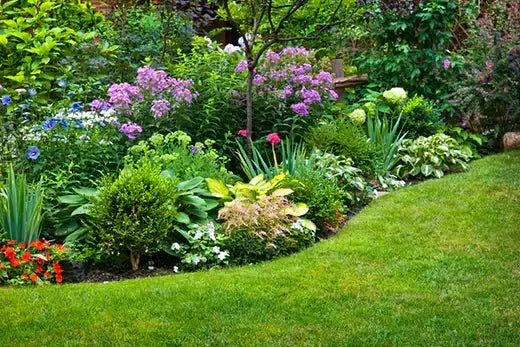Gardening is about growing the right plants in your garden that can thrive well in conditions. There is no point in growing plants that cannot survive in specific climatic conditions, so it is essential to choose them wisely to get the desired results from the thriving plants.

White Princess Dogwood Tree
Plants and shrubs like Buckeye, Camellia, Dogwood, Buckthorn, etc., can be grown as a specimen in the garden. You can create a focal point using a majestic plant or shrub. There are countless options available in the market, and you can choose the best ones per your requirements.
You can grow herbs as border plants or groundcovers in dull or shady areas to transform them. Vines can be grown on an old and shabby-looking shed that you want to hide, so there are many different ways in which you can use your plants. Train them on old wooden fences to get a traditional or cottage garden effect.
If you have got ample space in your backyard, then you can also think of growing some fantastic native trees that can provide shade and privacy once they mature. It depends on personal choice, and you can grow about anything you would love to see in your garden.
Apart from adorning the garden, you can also grow vines and climb plants against walls on balconies and trellises. Some climbing plants can spread fast and cover the walls with a green blanket of foliage.

Virginia creeper
Virginia creeper, Honeysuckle, Irish Ivy, and Climbing Hydrangea are excellent wall clinging plants. Hedge plants can help to create partitions in the garden, and tall trees can be grown as barriers or windbreaks near windows.
Every plant has its requirements for growth, and some grow in full sunlight. Some prefer partial sunlight, and some can even thrive in full shade. Plan the landscape so that all the plants get accommodated in the right place, so they do not struggle but thrive.
Nurseries - like Tn Nursery - offer the best quality plants and trees online. They also offer plenty of information about different plants and trees that can help you to make the right choice, so do your research and invest in the best plants for landscaping your home garden.


